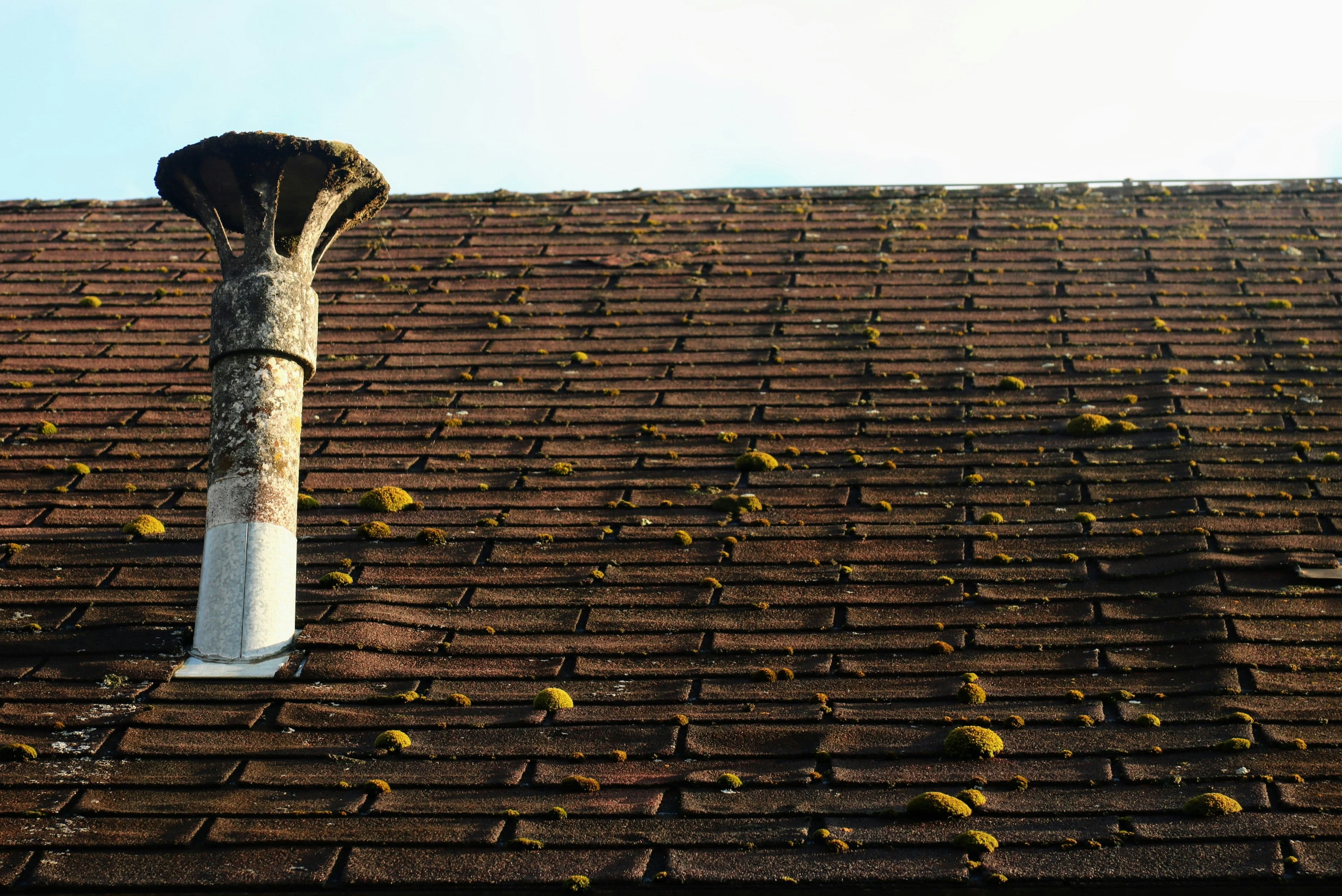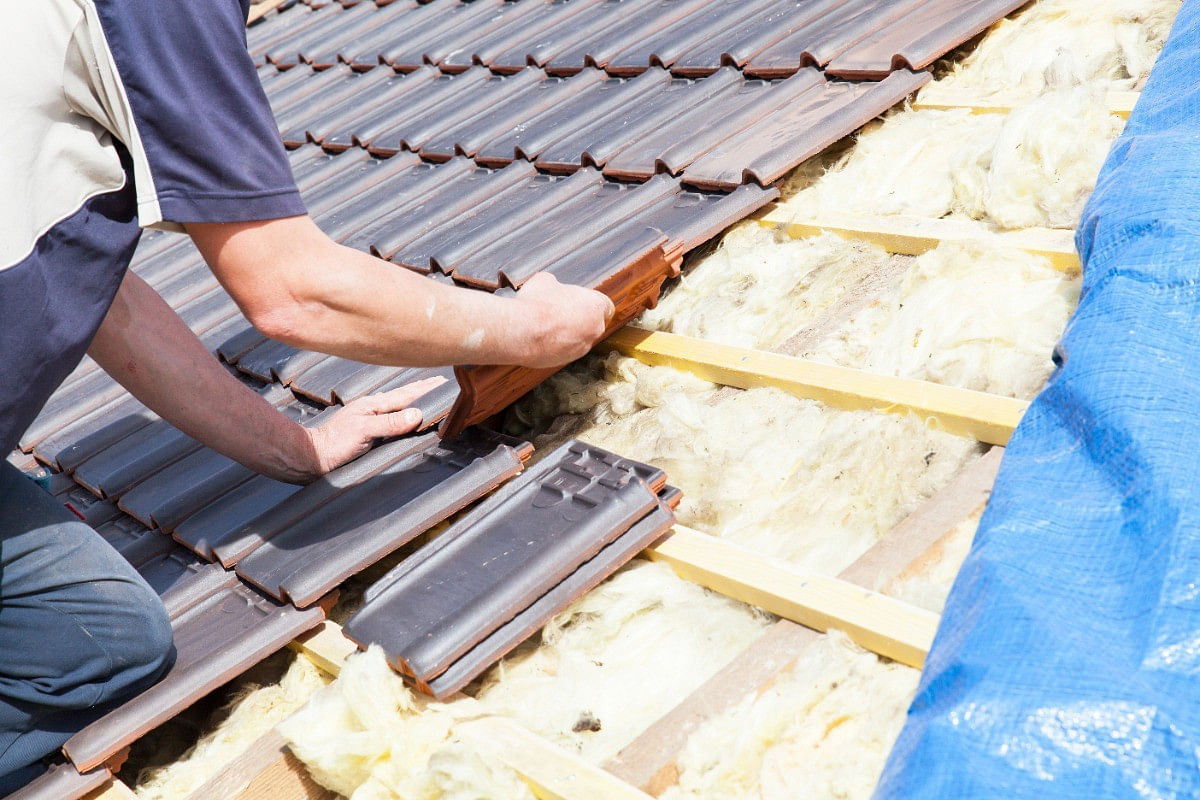All roofs age, regardless of the material or how well they were installed. Exposure to sunlight, wind, rain, and seasonal temperature changes slowly wears down roofing materials. While this process happens gradually, ignoring the signs can lead to serious structural issues. Water can seep into your attic or insulation, causing damage to drywall, electrical systems, and even the foundation in extreme cases.
The earlier you notice your roof is aging, the more options you have. Regular maintenance and small repairs are far less expensive than emergency fixes or full replacements. Knowing the signs of roof aging is key to protecting your home.
Common Signs Your Roof May Be Aging
A roof does not usually fail overnight. Instead, it provides several clues that it is nearing the end of its lifespan. Here are the most common signs to watch for.
1) Curled or Missing Shingles
If your shingles are curling at the edges or have gone missing entirely, that is a sign of wear. Curling happens when shingles dry out or are repeatedly exposed to high heat and moisture. Missing shingles are often the result of strong winds or aging adhesive strips. Once shingles start lifting or falling off, your roof’s underlayment is exposed, making it vulnerable to water damage.
2) Granule Loss
Asphalt shingles are coated in small granules that protect them from UV rays and add fire resistance. Over time, these granules start to wear off. If you begin seeing sand-like debris in your gutters or at the base of your downspouts, your shingles may be breaking down. Granule loss often occurs before other visible signs and can be one of the earliest indicators that a roof is aging.
3) Sagging or Uneven Rooflines
A sagging roofline is a serious warning sign. It typically means that the underlying structure of the roof is compromised. The problem could be with the decking, rafters, or support beams. Moisture buildup, excessive weight from debris or snow, and long-term structural deterioration can all lead to a sagging appearance. This issue should be addressed immediately to prevent further damage or roof collapse.
4) Dark Streaks, Algae, or Moss Growth
Discoloration on your roof may be more than just a cosmetic issue. Dark streaks can be caused by algae that feed on the materials in shingles. While not immediately dangerous, algae can lead to faster degradation. Moss, on the other hand, holds moisture and can cause shingles to lift and separate. This increases the chance of water damage over time. A roof that stays damp is more likely to rot, which can affect the roof decking and attic space.
5) Water Stains or Interior Leaks
If you notice water stains on your ceiling or walls, that could be a sign of a leaking roof. Leaks do not always drip from above; sometimes they appear as discoloration or bubbling paint. Once water gets past your shingles and underlayment, it can travel through your attic and walls. Catching leaks early is essential because once moisture enters your home, it can create mold, damage insulation, and even pose a fire hazard if it reaches electrical wiring.
6) Daylight in the Attic
Visit your attic during daylight hours and look up. If you can see streams of light coming through the roof boards, it is a clear sign of a problem. These openings mean there are cracks, missing shingles, or compromised underlayment. Even small holes can allow water and pests to enter. Daylight in the attic is an early warning that your roof is no longer providing a tight seal against the outdoors.



